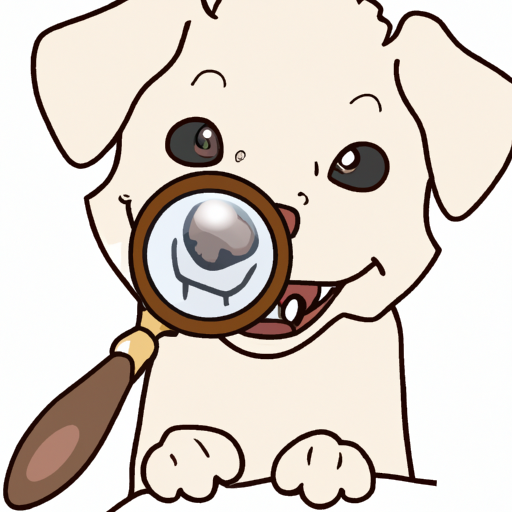As a dog parent, you are naturally curious and concerned about the different stages of your puppy’s growth and development. One of these stages is when puppies lose their canine teeth, which is the focus of our discussion today.
Understanding Puppy Teeth
Just like human children, puppies too have a set of deciduous or ‘baby’ teeth that eventually fall out to make way for their permanent, adult teeth.
- By 3 weeks: Puppies start to get their deciduous teeth
- By 8 weeks: Most puppies have all 28 of their baby teeth
These baby teeth are sharp and tiny. However, they’re not meant to last. By the time your puppy is about three to six months old, these teeth start to fall out.
Timeline for Losing Canine Teeth
So, when exactly do puppies lose their canine teeth? Here’s a general timeline:
- Incisors, the tiny teeth at the front of the mouth, fall out first between 3-4 months
- Canines (or fangs) come next, which fall out between 4-6 months
- Finally, the premolars and molars in the back of the mouth fall out last, between 5-7 months
Remember, these are just averages. Your puppy may lose teeth faster or slower.
Signs of Teething
Teething can be a painful process for your puppy. Some signs that your puppy is teething include:
- Increased chewing
- Drooling
- Loss of appetite
- Red, swollen gums
Try to provide safe chew toys to help ease their discomfort.
What to Expect When Your Puppy Loses Its Teeth
It’s normal to feel a little alarmed when your puppy starts losing teeth. You might even find a tiny tooth on the floor. However, most often, puppies swallow their baby teeth, so don’t be surprised if you don’t find any.
| What’s Normal | What’s Not Normal |
|---|---|
| Swallowed teeth | Blood on the toys or floor |
| Slight bleeding | Persistent or heavy bleeding |
| Mild discomfort | Extreme discomfort or pain |
Taking Care of Your Puppy’s Dental Health
Even though puppy teeth are temporary, it’s crucial to take care of them. Start a dental care routine early so your puppy gets used to it. This can include brushing their teeth or using dental chews.
Potential Problems and How to Address Them
Sometimes, the baby tooth doesn’t fall out and the new adult tooth comes in beside it. This is known as retained deciduous teeth and can cause problems like overcrowding and bad alignment. If you notice two teeth occupying one spot, it’s time to visit the vet.
Regular Check at the Vet
Regular vet check-ups are essential, especially during this teething period. The vet can check for any potential problems like retained teeth or infection and guide you on how to manage this phase better.
FAQ
Q: Do all puppies lose their teeth?
Yes, all puppies lose their baby teeth, just like human children do.
Q: What should I do if my puppy is in pain from teething?
Provide chew toys specifically designed for teething. If the discomfort seems severe, consult your vet.
Q: Do I need to brush my puppy’s teeth?
Yes, starting a dental care routine early is beneficial for your pup’s dental health.
Q: What should I do if my puppy’s baby tooth doesn’t fall out?
You should consult your vet as it might be a case of retained deciduous teeth. This needs to be addressed to prevent future dental problems.
Q: Can I give my teething puppy ice cubes to chew?
Yes, ice cubes or cold chew toys can provide some relief to teething puppies. However, monitor them to ensure they don’t choke.
Remember, the teething phase is temporary and your little one will soon have a set of strong adult teeth. With your care and understanding, you can help them navigate this process with ease.



